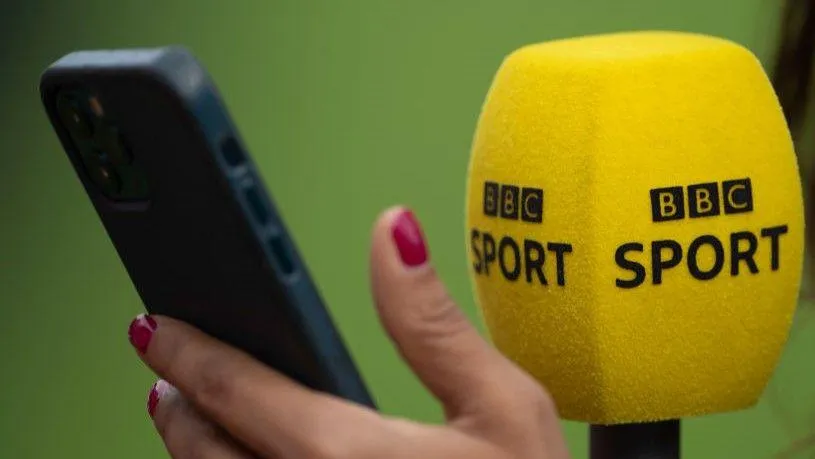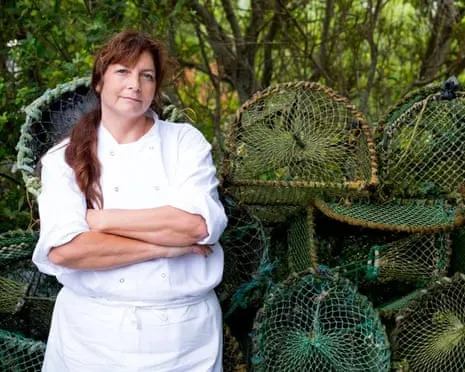
News
Key Details Regarding New Route enabling Civilians Evacuating Most Recent Israeli Offensive
Discover amazing stories and insights from our featured article.

Discover amazing stories and insights from our featured article.































